Patricia Morosan
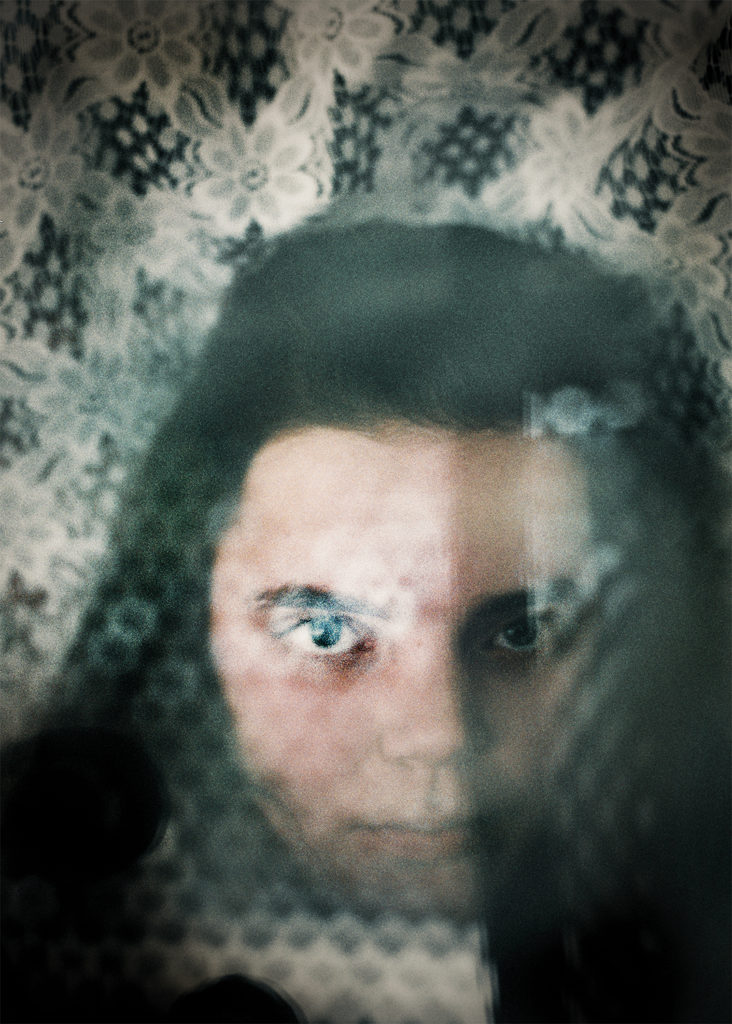
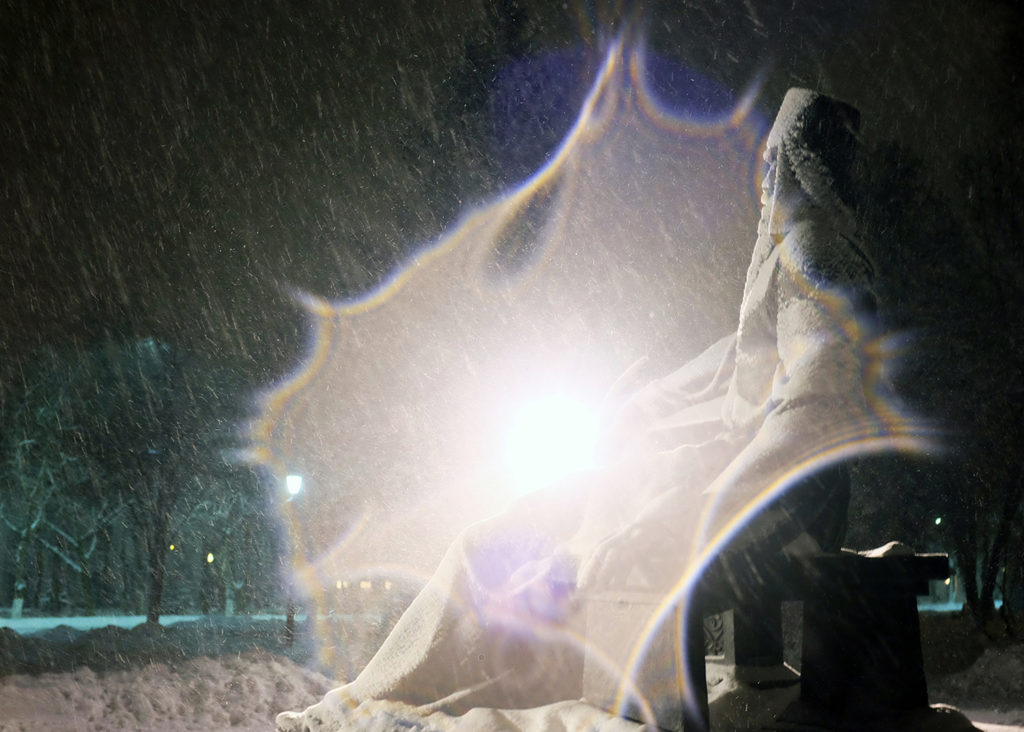
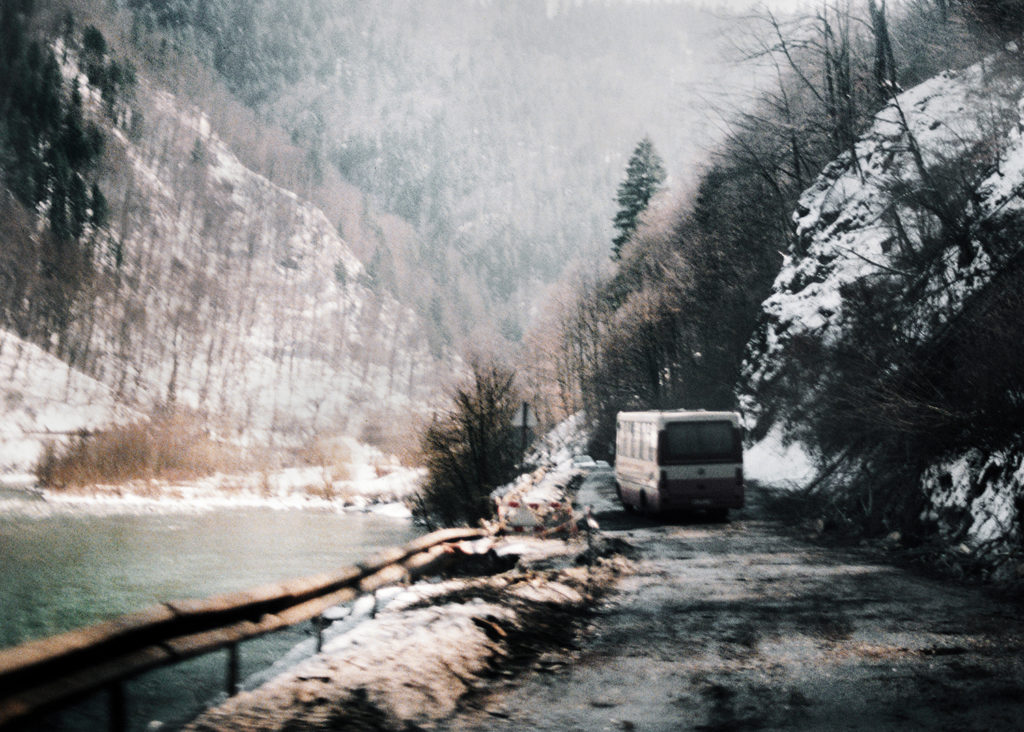
Berlin based Photographer, Patricia Morosan is searching in photography for the subjective- emotional view, which is emerging from an intensive and poetic examination of her reality and creates
inner worlds. Memory and perception are the themes of her interest.
“(I) Remember Europe” is a photographic journey that reveals the center as existential pursuit, as geographical destiny and as political metaphor. The geographical center of Europe lies somewhere
in between the Mediterranean Sea in the South, the Atlantic in the West, the Cape in the North and the Urals in the East. Various places, in seven different countries (Lithuania, Poland, Germany,
Belarus, Estonia, Slovakia and Ukraine) claim to be the center of the European continent. “(I) Remember Europe” is a photographic search and an emotional localization in the coordinates that
claim to be the geographical center of Europe.
-Patricia Morosan
ベルリンをベースに活躍している写真家パトリシア・モロサンは、集中的かつ詩的に現実を吟味することで、写真の中に主観的・感情的な側面を見出し内的世界を作り出しています。記憶と知覚が彼女の興味のテーマです。
“(I) Remember Europe”は、実存的な探究として、地理的な宿命として、また政治的な比喩としてのヨーロッパの中核を露わにする 写真の旅です。ヨーロッパの地理的中心は、南の地中海、西の大西洋、北の喜望峰、東の
ウラル山脈の間にあります。7カ国のさまざまな場所(リトアニア、ポーランド、ドイツ、ベラルーシ、エストニア、スロバキア、ウクライナ)が、ヨーロッパ大陸の中心であると主張しているのです。“(I) Remember
Europe”は、写真による探索であり、ヨーロッパの地理的中心であると主張する場所の感情的な所在を表現しています。
−パトリシア・モロサン
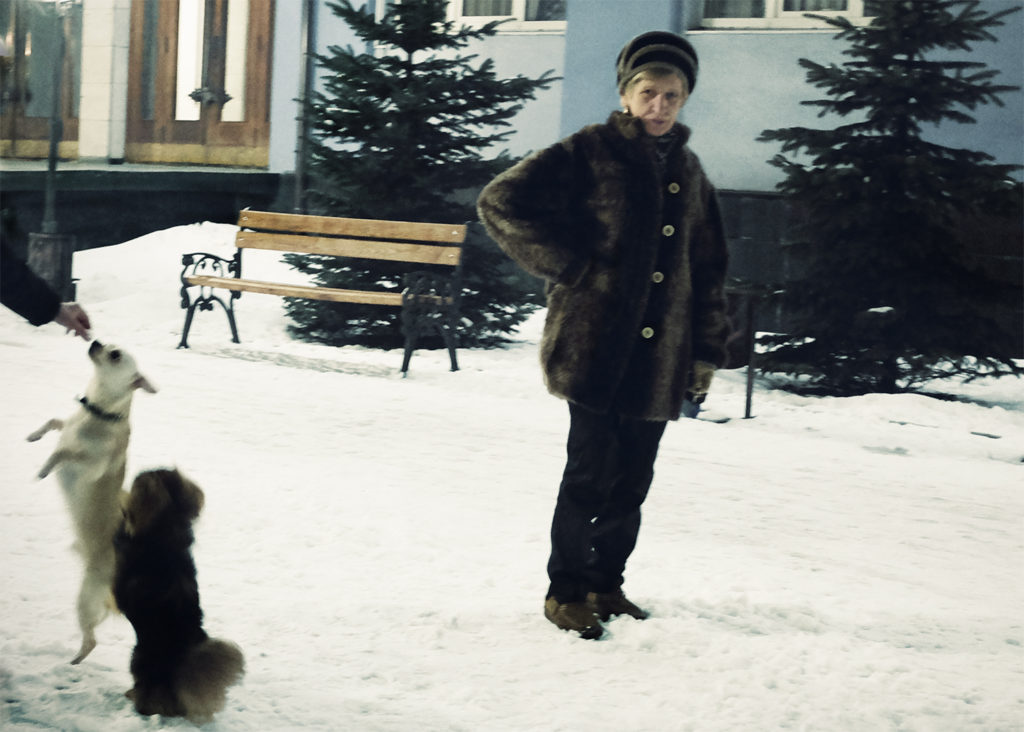
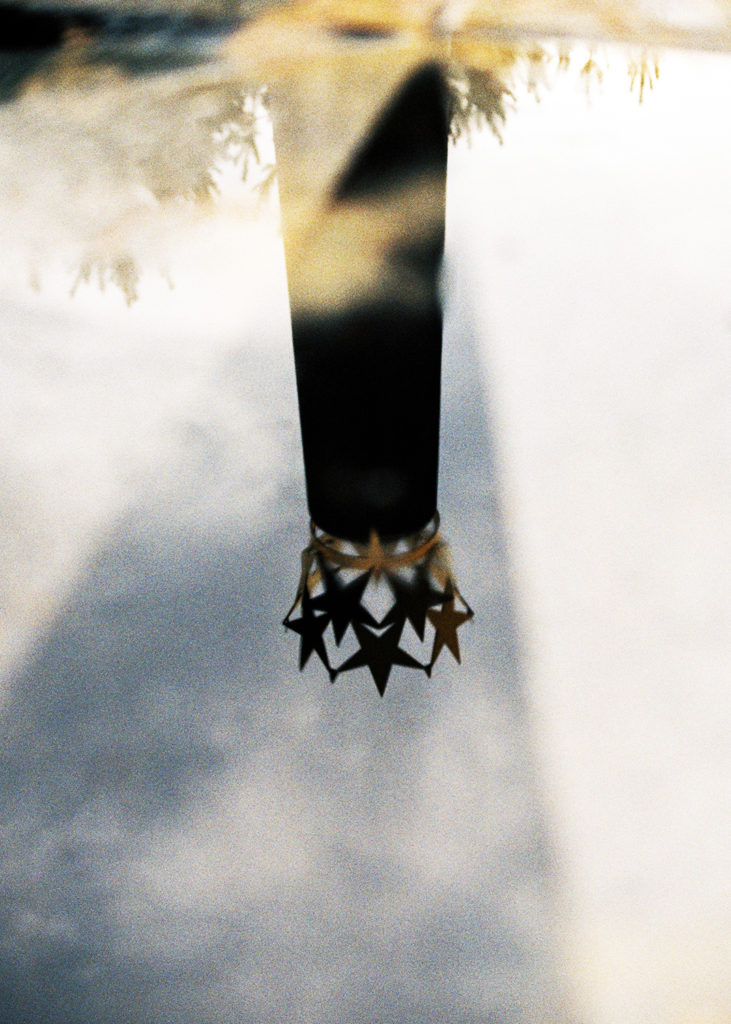
INTERVIEW
– Firstly, will you tell us how you started photography?
There’s a scene in a movie called “Nihil“ (by Uli M. Schüppel) of an old man standing in front of an easel in the middle of a frozen sea, he’s painting scary fire creatures on the horizon which rush
towards him. I was fascinated by this view of the artist. This scene inspired me very much in becoming a photographer.
−まず始めに、写真家になったきっかけを教えていただけますか?
ドイツ人映画監督Uli M. Schüppel氏の「Nihil」という作品の中に、こんなシーンがあります。老人が凍った海の真ん中でイーゼルの前に立っています。彼は地平線の向こうから彼自身へと向かってくる恐ろしい炎の怪物
を描いています。私はこの画家の映像に魅了されました。このシーンが私に写真家を目指すきっかけを与えてくれたのです。
– Where is the main base of your current activity as a photographer?
I live and work in Berlin.
−現在の写真家としての活動の拠点はどちらですか?
私はベルリンで暮らして活動しています。
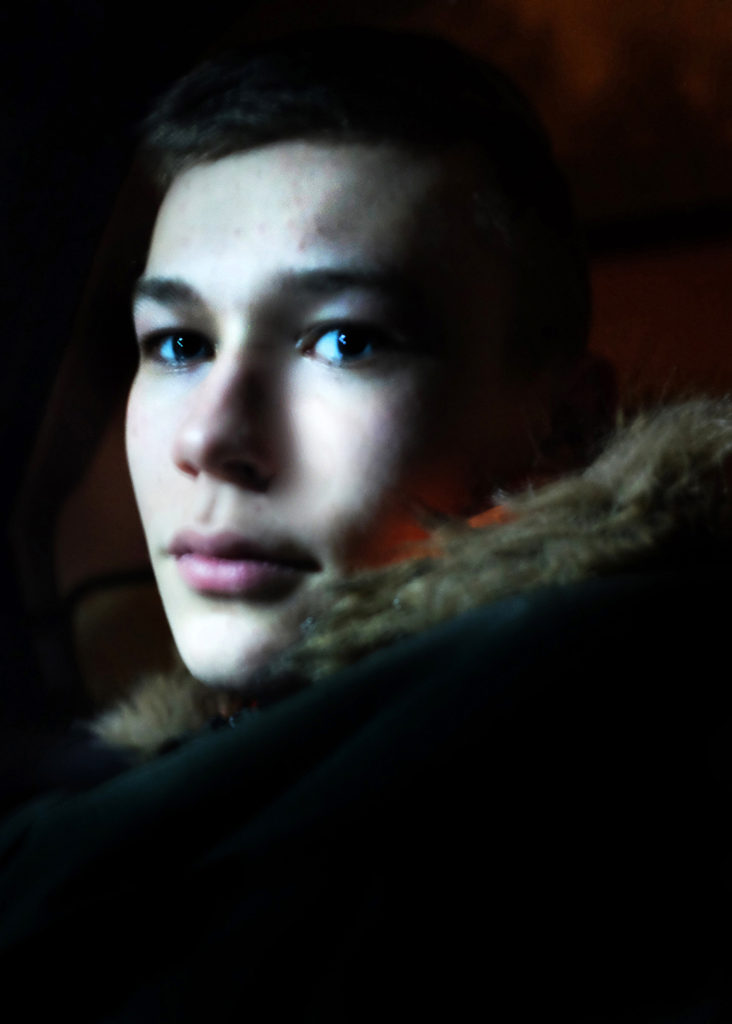
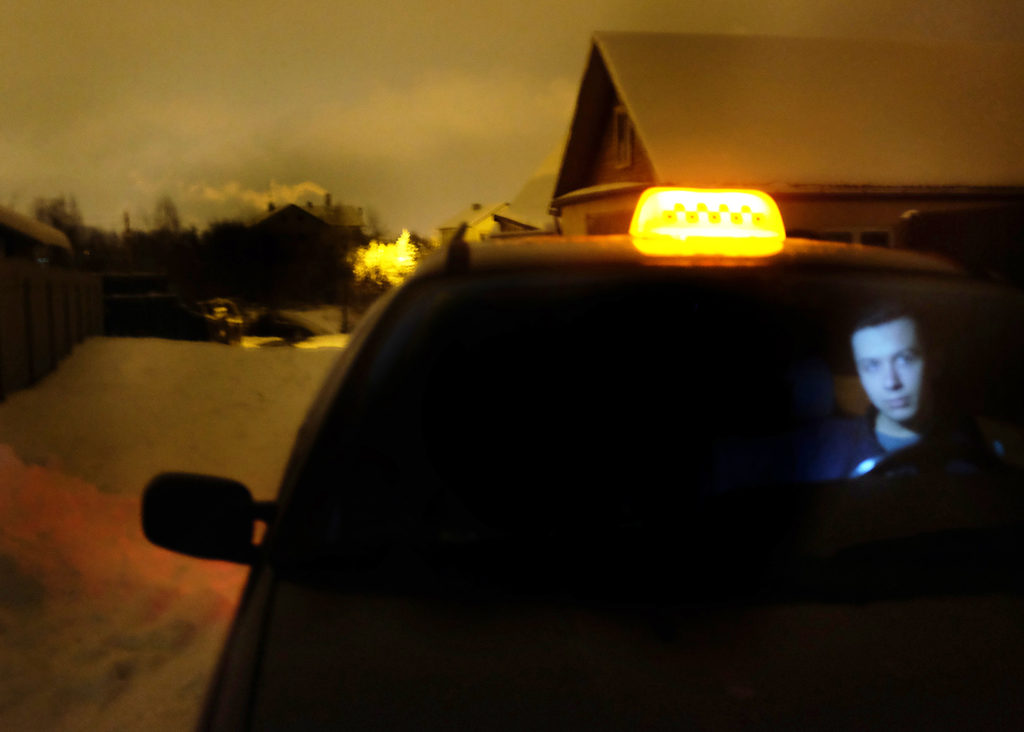
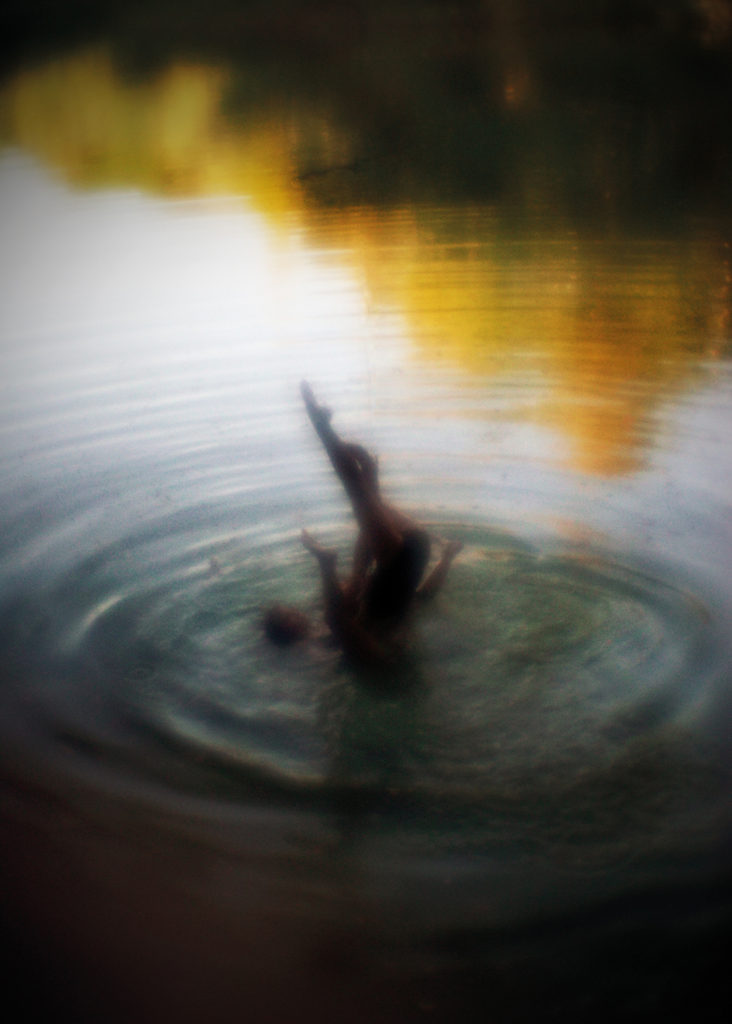
– This photographic series “(I) Remember Europe” seems to have historical and geopolitical aspects… what made you start this project? Please tell us more about this series.
I discovered some strange information on a Lithuanian website, which was claiming that the geographical centre of Europe lies in a village near Vilnius. While researching this curious statistic I
realized that there were several countries claiming to be in the geographical centre of Europe. In fact, seven different countries: Lithuania, Poland, Germany, Belarus, Estonia, Slovakia and Ukraine
were all claiming the title and had built monuments dedicated to the geographical centre of Europe. It seemed to me a kind of metaphor for our current times in Europe, because the location of the
geographical centre depends on the definition of the borders of Europe. Now, Europe finds itself again in a situation of confusion and needs to redefine itself anew. A discourse of inclusion-
exclusion is again in the spotlight. So, i documented these places, their inhabitants, but also the emotional aspects involved in their relationship with the center and the periphery.
The series is mixing my photographs with the contact sheets ( sent to me by seven different protagonists inhabiting these places). I had given them disposable cameras when i had visited these
places and asked them if they want to „write“ me visual letters. Additionally, the series includes poetic travelogues and photographs of the monuments built in each village to mark the respective
centre of Europe.
−今回ご紹介いただける写真シリーズ「(I) remember Europe」には、歴史的・地政学的側面があるように見受けられますが、どのようにして始まったプロジェクトなのでしょうか?シリーズについて教えてください。
私はリトアニアのウェブサイトで奇妙な情報を発見しました。それはヨーロッパの地理的中心がヴィリニュス(リトアニアの首都)の近くの村にあると主張していました。このおかしな統計を調査し始めると、ヨーロッパの
地理的中心にあると主張する国がいくつもあることに気づきました。実際、リトアニア、ポーランド、ドイツ、ベラルーシ、エストニア、スロバキア、ウクライナの7カ国すべてがその称号を主張しており、それぞれがヨーロ
ッパの地理的中心に捧げる記念碑を建てているのです。地理的中心の位置というのは、ヨーロッパの国境の定義に依存しているものなので、この称号を巡る問題は、私にとってヨーロッパにおける現代の一種のメタファー
(隠喩)のように感じられました。今、ヨーロッパは再び混乱の状況にあり、新たに再定義する必要があります。「包含と除外」の議論が再び脚光を浴びています。ですから、私はこれらの場所や住人だけでなく、中心とそ
の周辺との関係に含まれる感情的な側面をも、写真に残していくことにしました。このシリーズは、私の写真とコンタクトシート(これらの場所に住んでいる7人の異なる主人公から送ってもらったもの)とを混ぜ合わせた
ものです。私がそれぞれの場所を訪れたときに、彼ら7人に使い捨てカメラを渡し、私に視覚的な手紙を書いてもらえないかどうかお願いしました。また、シリーズには、ヨーロッパの中心を記録するためにそれぞれの村で
造られた記念碑の写真も含まれています。
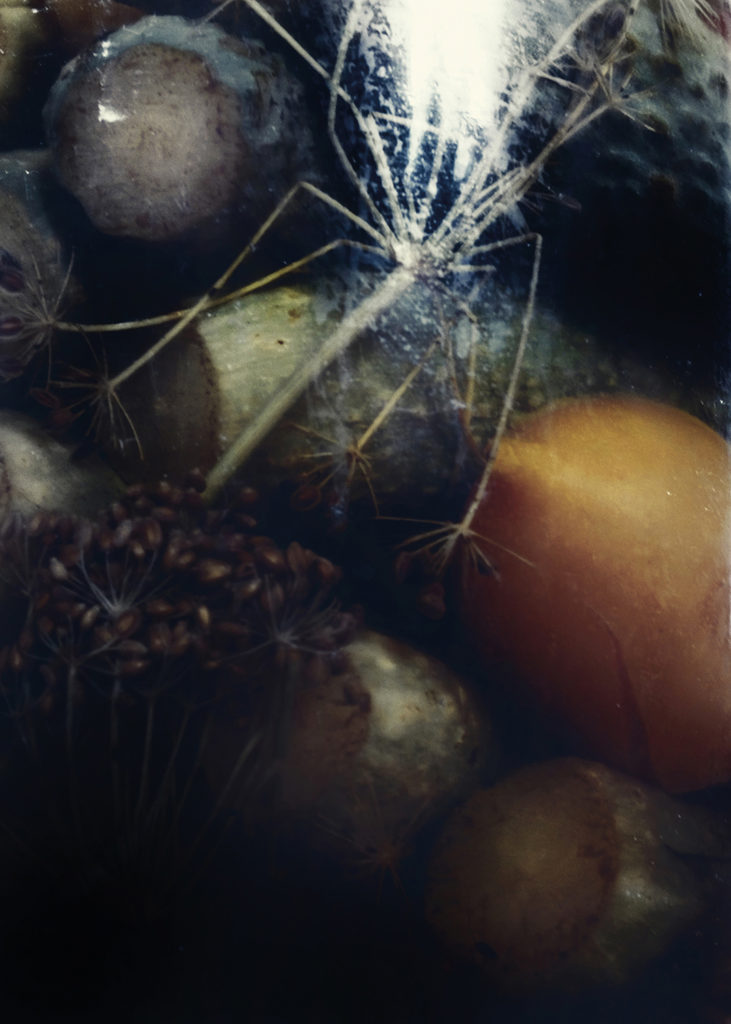
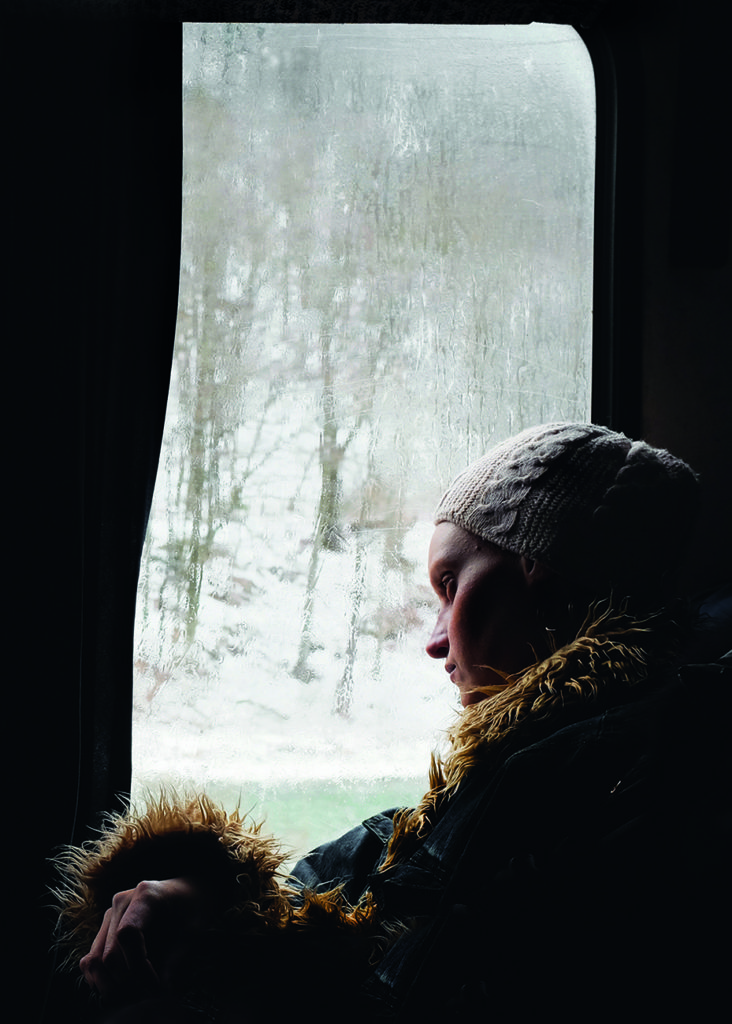
– What messages do you want to convey to viewers through these images?
For the project (I) Remember Europe, I related to the geographical centres in terms of psychogeography. This means that I was interested in reflecting on the subject in an emotional way.
My project became both a documentary and a subjective investigation, based on the emotional ties between human beings and their physical environment. I was amazed to find that people
from seven different countries related to loneliness, disorientation and alienation in a very similar way.
There are different histories, geographical, as well as political. Nevertheless, these places are linked to each other not only by the fact that they share a European identity, but also by the fact that
there are common fundamental human experiences that traverse our existence. Emotions like loneliness and disorientation are universal, although the realities causing them might be different.
The question of a common ground is now of a crucial importance, when various nations, and Europe itself, are closing their borders in the name of what they claim to be a strengthening of their
national and continental identity and values. What I wanted to show in (I) Remember Europe is that individual struggle is similar from within or from outside Europe. With that in mind, I go beyond
political definitions into exploring the human psyche.
−これらのシリーズ作品を通して鑑賞者に伝えたいことは何でしょうか?
このプロジェクトのために、私は心理地理学の観点から地理的中心に関わるようにしました。これは私が人々の感情を大切にしながらこの主題について考察したかったということです。私のプロジェクトは、人間と物理的
環境との間の感情的な結びつきに基づいた、ドキュメンタリーであり主観的な調査でもあります。私は、7カ国の人々が、孤独感、方向感覚の喪失、疎外感等、非常によく似た心理状況を抱えていることに驚きました。
地理的にも政治的にも、さまざまな歴史があります。それにもかかわらず、これらの場所はヨーロッパのアイデンティティを共有するという事実だけでなく、我々の存在を横断する共通の基本的な人間の経験(感情)がある
という事実によっても互いにリンクされているのです。孤独や疎外感のような感情は普遍的ですが、それらを引き起こす現実は異なるかもしれません。
さまざまな国々、そしてヨーロッパ自体が、国と大陸のアイデンティティと価値の強化のためであると主張してそれぞれの国境を閉じているとき、共通の基盤を持つという問題は今非常に重要です。このプロジェクトで私が
示したかったのは、個々の闘争はヨーロッパの内外からのものと似ているということです。それを念頭に置いて、私は政治的定義を超えて人間の精神を探求することにしたのです。
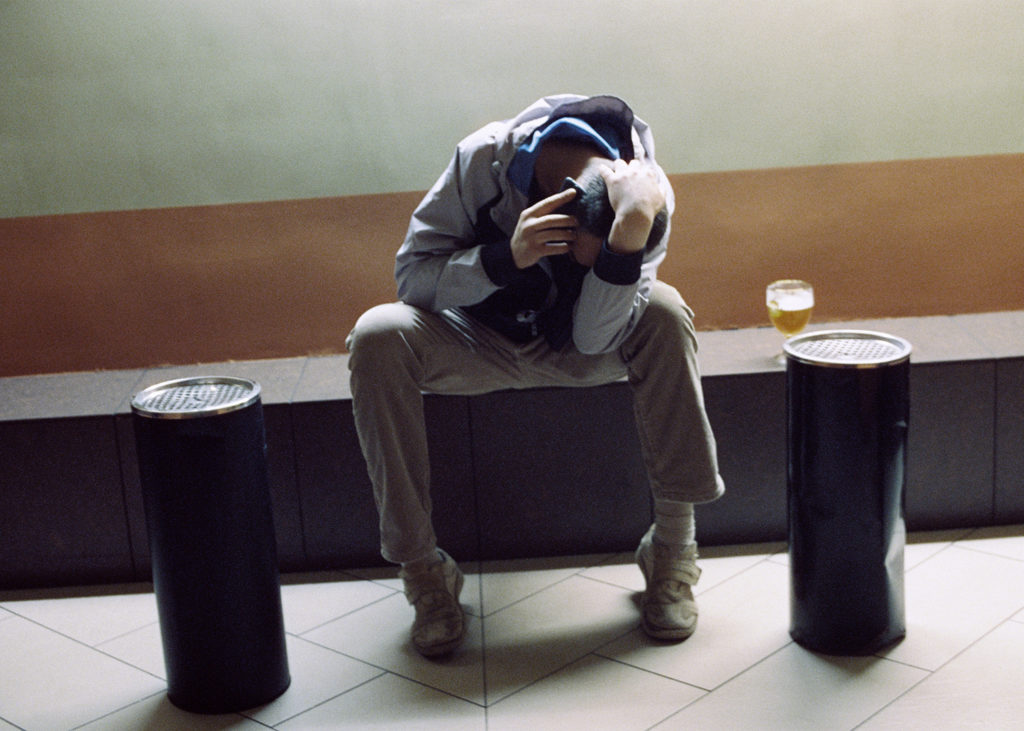
– Having seen your past works, it seems that there are many monochrome works. In this series there is no monochrome work, but somehow they still have serene and quiet atmosphere, I feel.
Do you have any particular colors or tones you like to use in creating works?
I wanted very much to work on a series in colour after my last two series being in black and white. It was a bit of a challenge at the beginning, because I don’t like very much strong colours and
prefer colours in a minimal way: pale colours and earth tones are for me the most appealing.
−過去の作品を拝見させていただきましたが、モノクロの作品が多いように感じました。今回のシリーズはモノクロではありませんが、やはり落ち着いた印象がありますね。
特にこだわっている色やトーンがあるのでしょうか?
最近の2つの作品シリーズが白黒のものであったため、今回はカラーでシリーズに取り組むことを望んでいました。
私はあまり強い色を好みませんし、最小限の色が良いと思っていますので、これはちょっとした挑戦でした。淡い色とアースカラーが私にとって最も魅力的です。
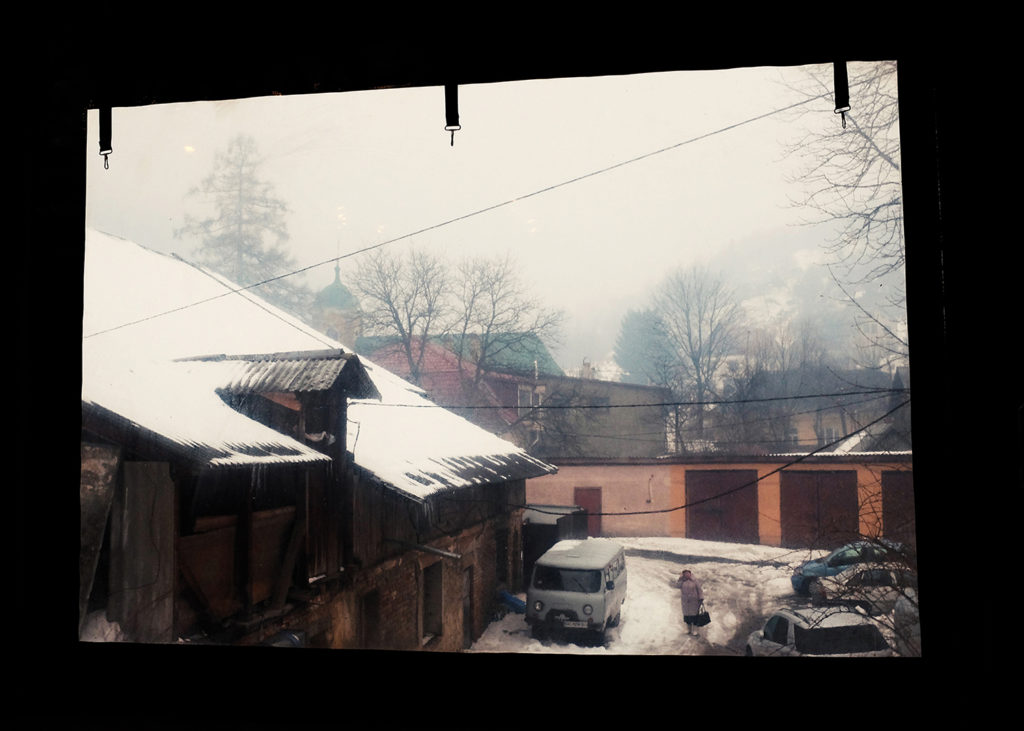
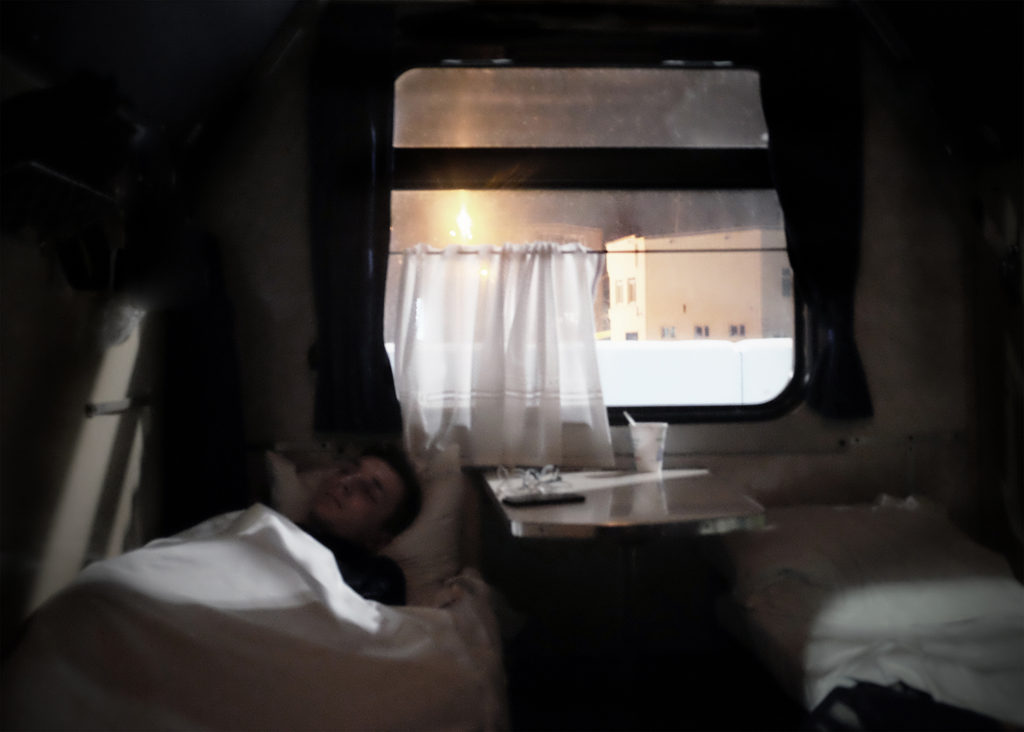
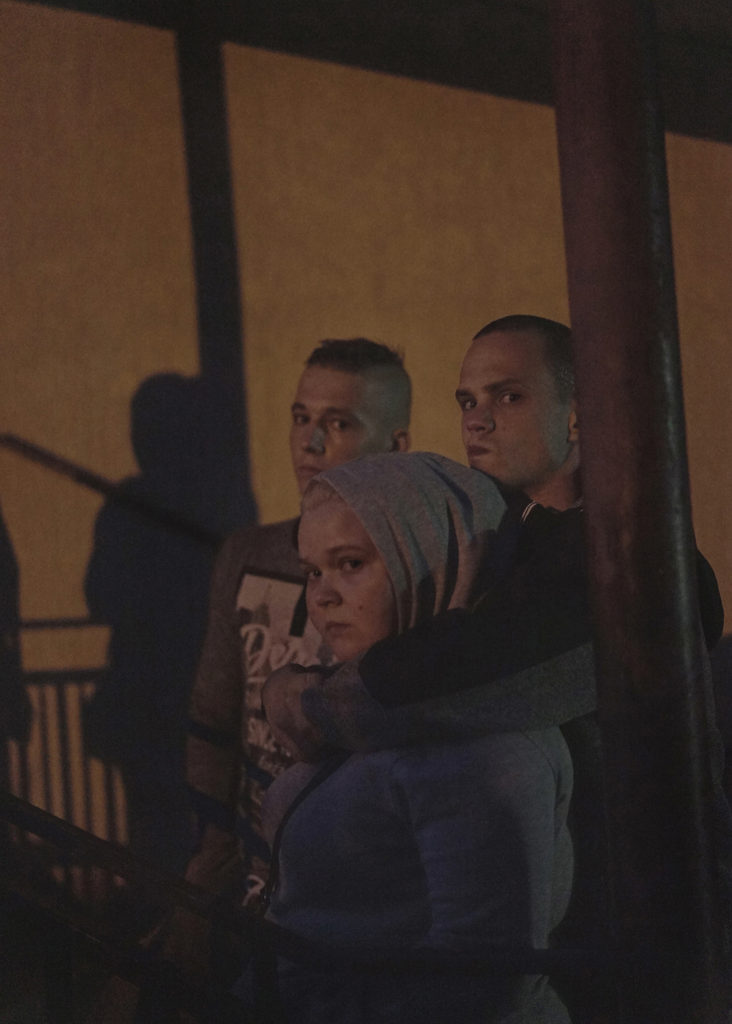
– What is the source of inspiration for your photography?
From curiosity. I think curiosity is a very creative trigger and it generates a precious openness and the need to explore. All kind of sources of inspiration is just there, ready to be received. But we
need to look at them. It’s not an easy task to look. Of course, we can frame inspiration as we frame the world through photography. So that will be in my case, that I am instinctually inspired by
mysterious things. Or by contradictions. Or by extremes. But these things are only a matter of personality. We will only perceive that what we are looking for, in accordance with our personal
nature. The big task is to unframe, I guess, and to look also in the direction of what we usually would not look. I am looking therefor for an unframed inspiration.
−あなたの作品制作におけるインスピレーションは何ですか?
好奇心です。好奇心は非常に創造的なきっかけとなり、貴重な開放性と探求する必要性を生み出します。あらゆる種類のインスピレーションの源がすぐそこにあり、受け取られる準備ができています。しかし、私たちはそれ
らを探す必要があります。見つけるのは簡単なことではありません。もちろん、写真を通して世界をフレームで囲うように、インスピレーションを見つけることもできます。私の場合は、本能的に不思議なことに触発されて
います。もしくは、矛盾によって。あるいは極度によって。しかし、これらのことは個性の問題にすぎません。私達は私達の個人的な性質に従って、私達が探しているものだけを知覚します。大きな課題は、枠を取り払う
こと、そして私たちが普段見ないであろう方向にも目を向けることです。私はそのために無枠のインスピレーションを探しています。
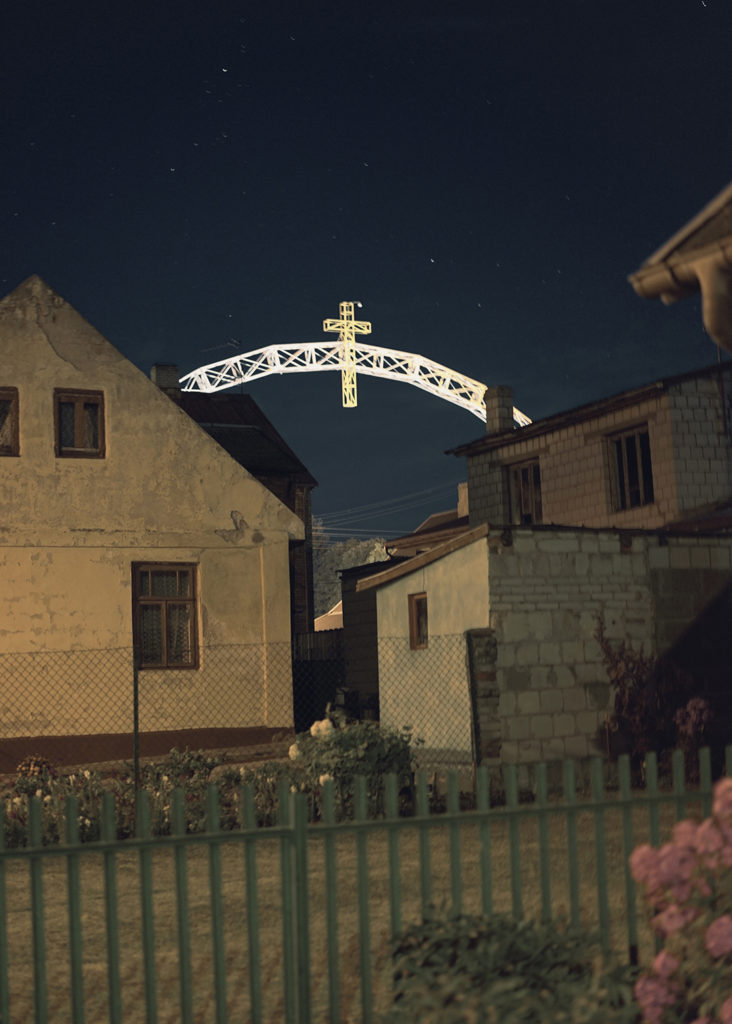
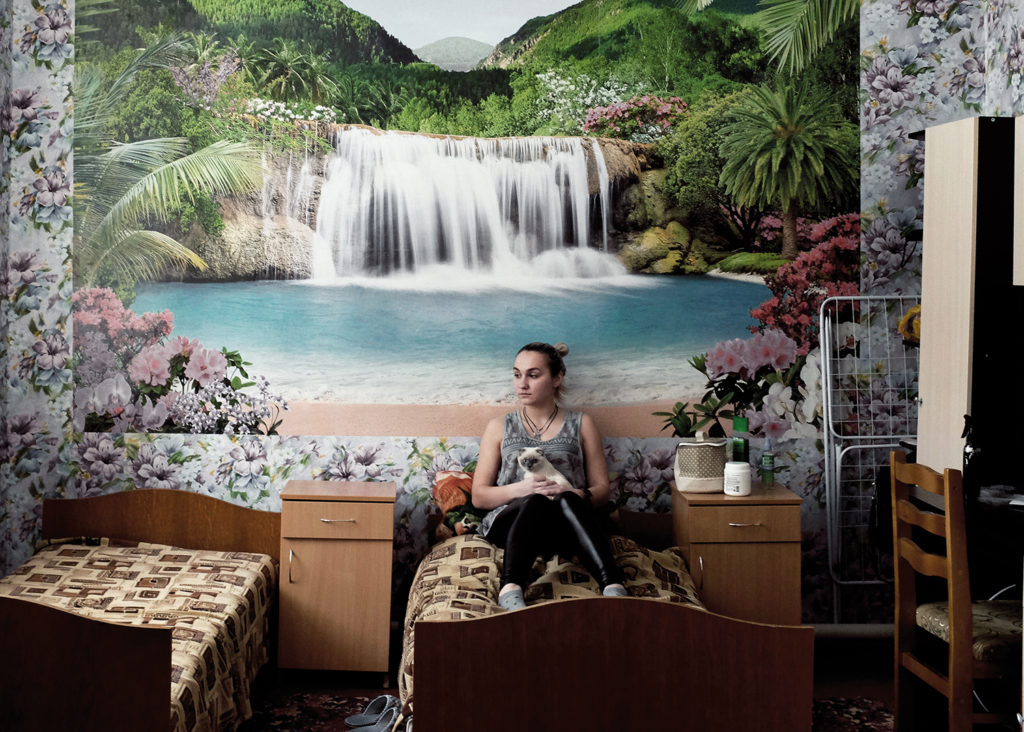
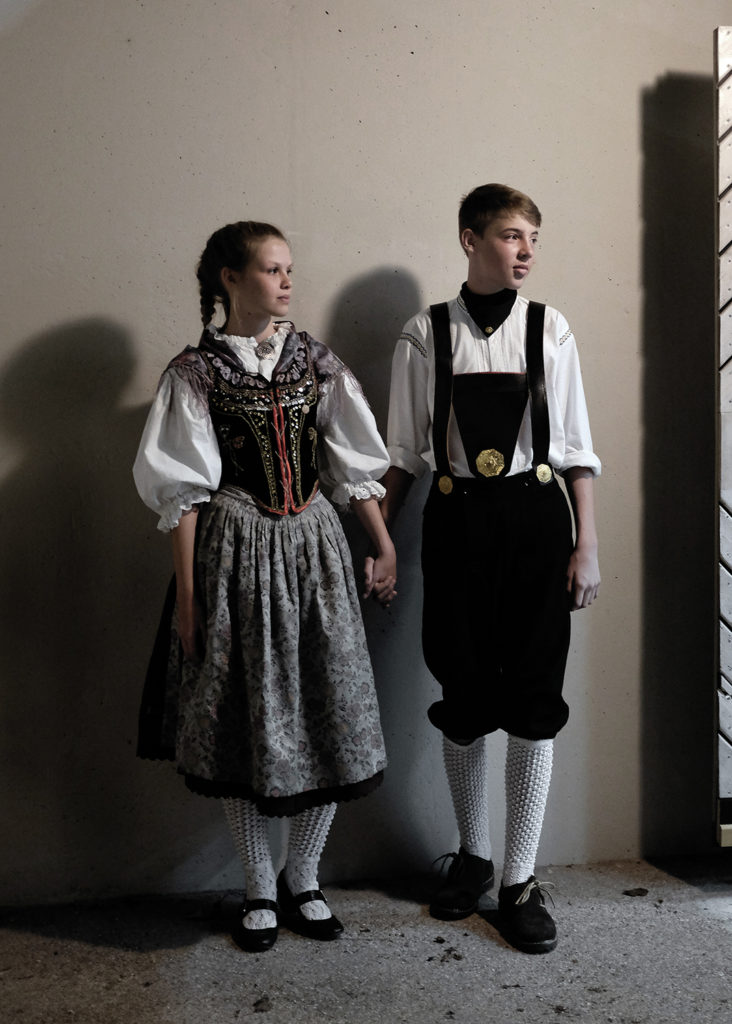
– What it the most important thing to you in producing works?
I like the moments when I feel totally absorbed by an image. It is a particular sensation of thrill and fascination. It is a state of mind when I feel I can communicate with the world.
−作品制作において、最も重要と考えていることは何ですか?
私は自分が完全にイメージに夢中になっていると感じる瞬間が好きです。スリルと魅惑の特別な感覚です。それは私が世界とコミュニケーションできると感じるときなのです。
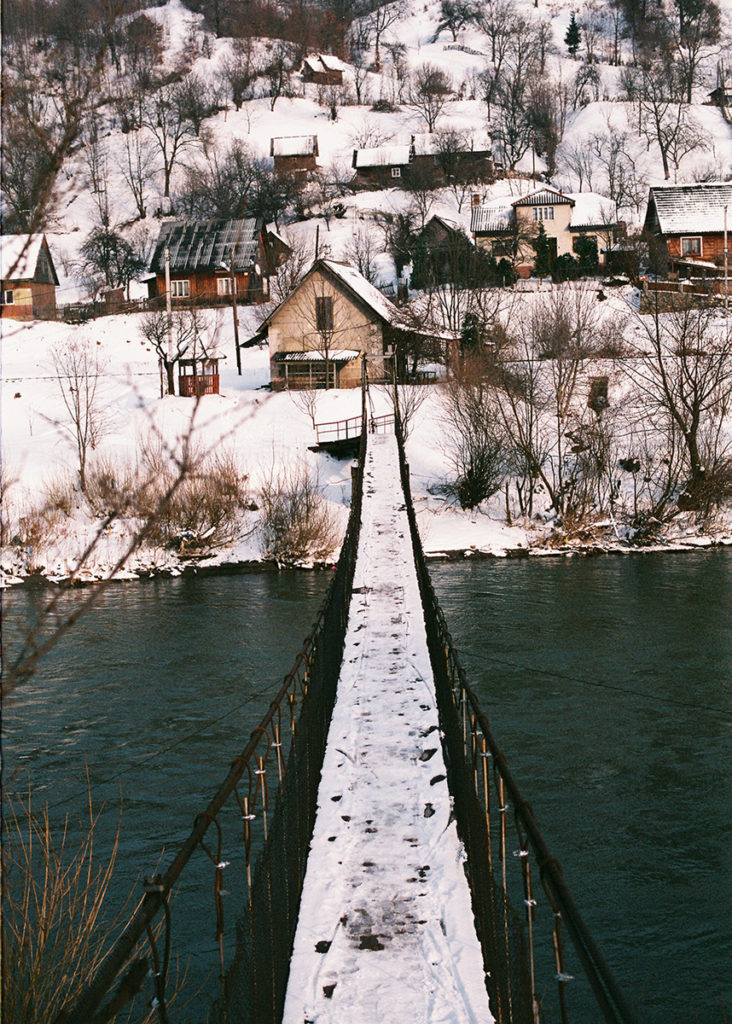
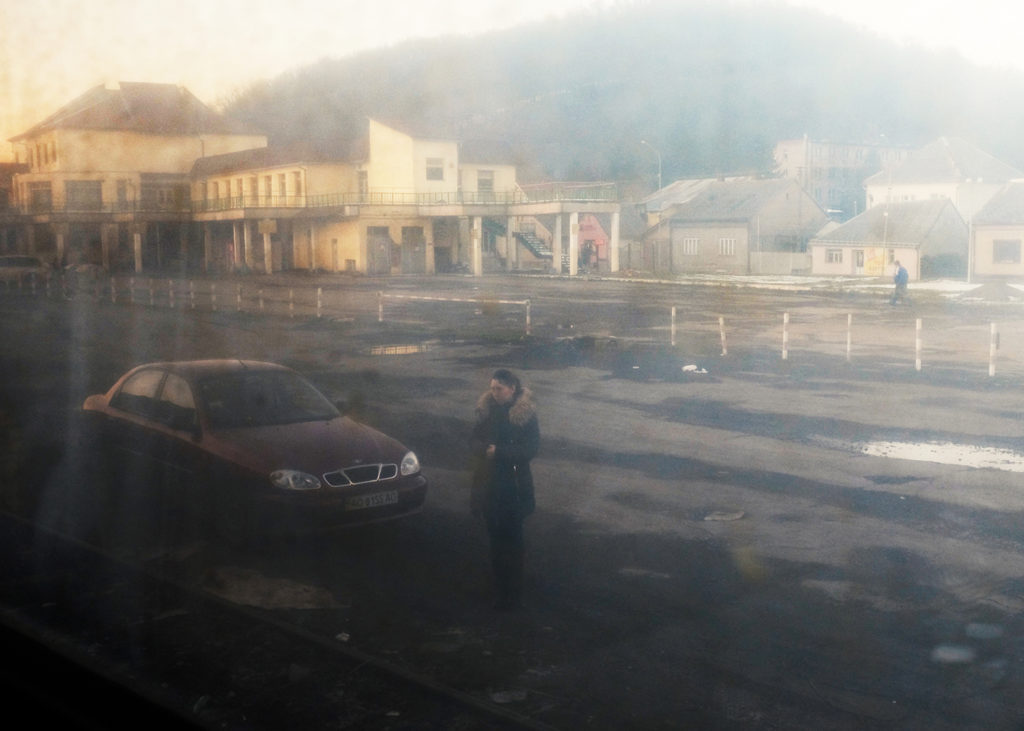
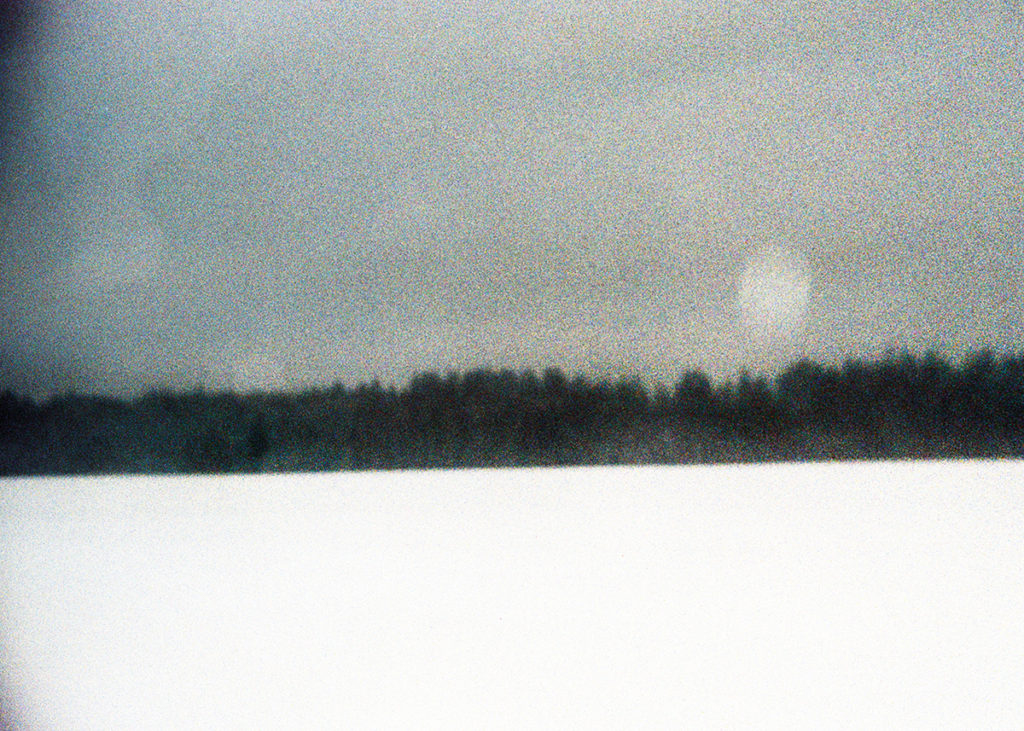
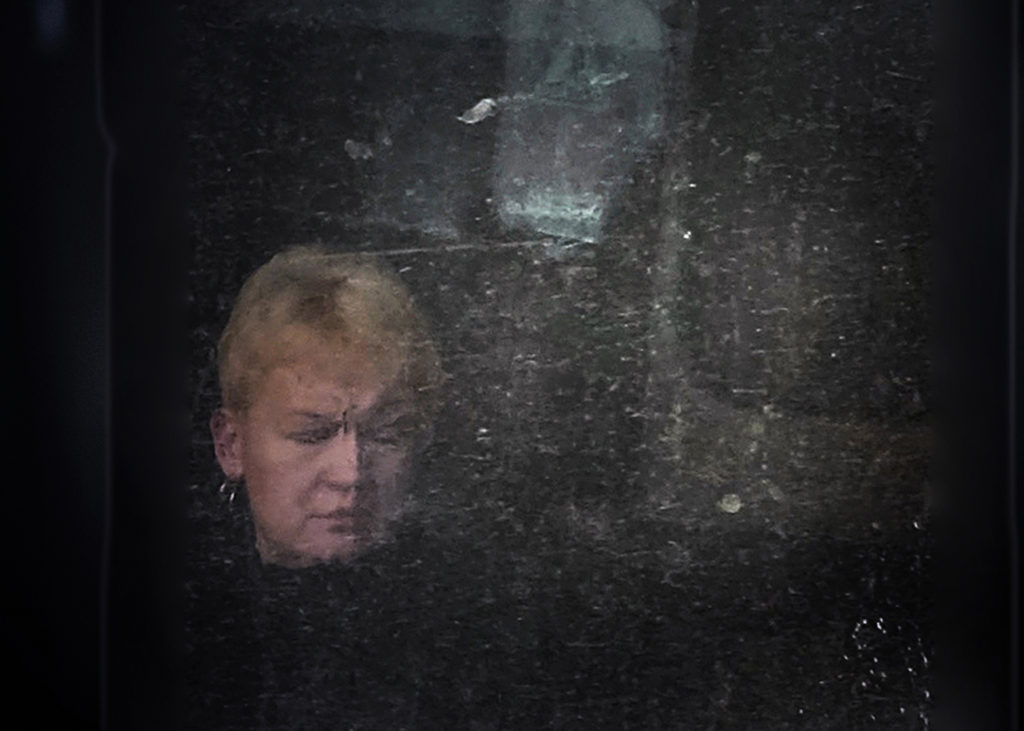
– Do you have any particular preference regarding cameras (equipment) you use?
Not really. I do feel more comfortable with some particular cameras, and I am curious about some cameras I have never used. But, I usually use very basic equipment. The technic only serve the
means and I believe that any camera is a tool of expression. I am more interested in being able to breath an image to life, than thinking if I am using my mouth or my nose for that.
−使用しているカメラ機材にこだわりはありますか?
特にありません。確かに気に入っているカメラは幾つかあります。そして今まで使ったことがないカメラについても興味があります。しかし、いつもは非常に基本的な機器を使用しています。テクニックは手段を提供する
だけで、私はどんなカメラも表現の道具であると思っています。私は、自分の口や鼻を使って呼吸しているかどうかを考えるよりも、人生にイメージを吹き込むことができるかどうかということにもっと興味があるのです。
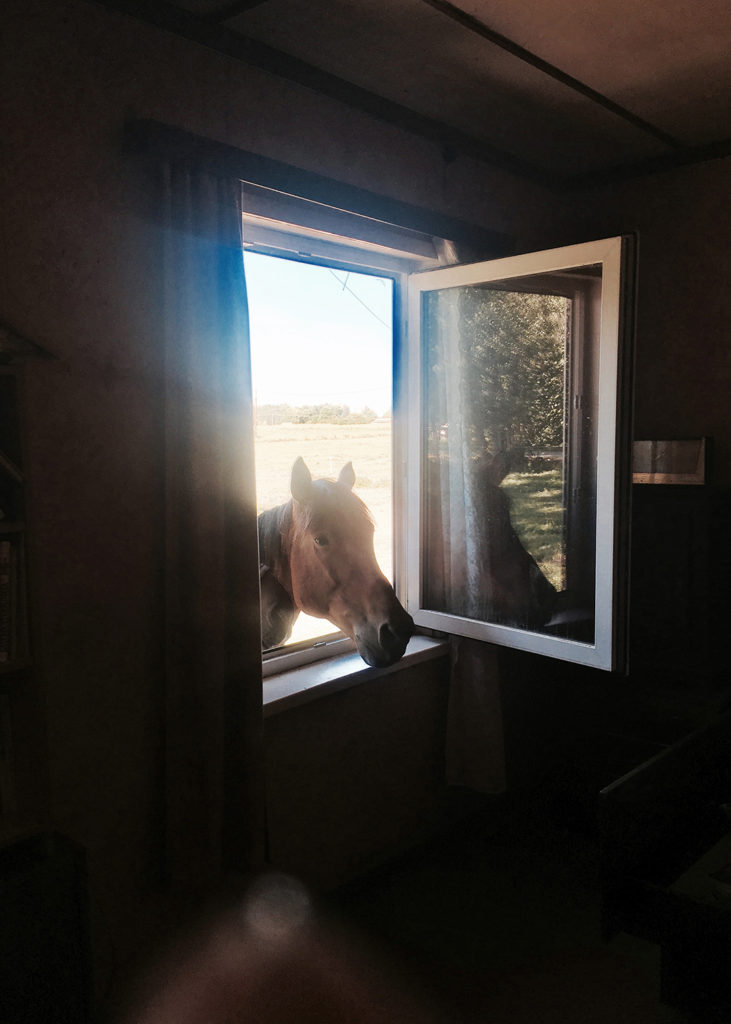
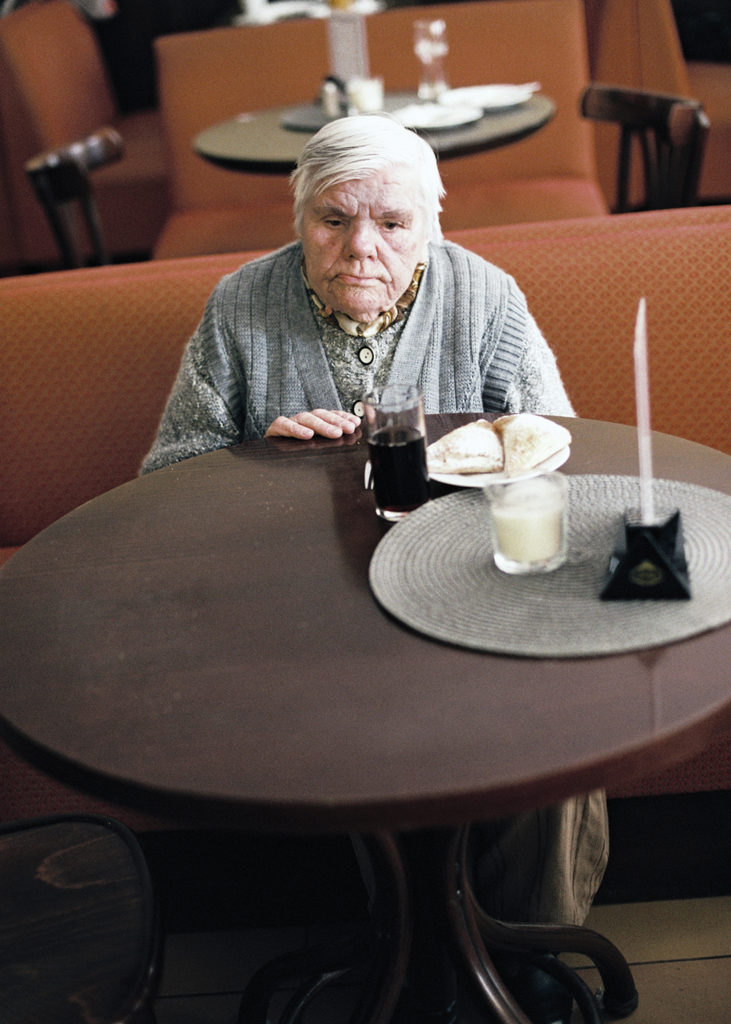
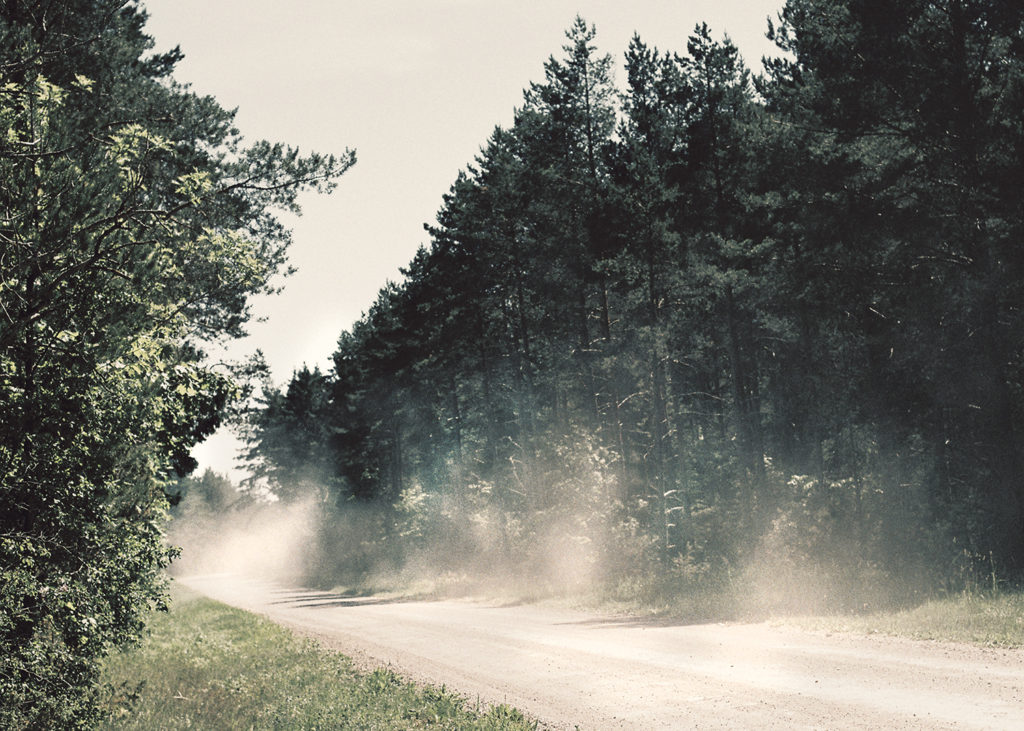
– Is there any artist or photographer that has inspired your works?
The German filmmaker Uli M. Schüppel.
−自身の作品に影響を与えたアーティストやフォトグラファーはいますか?
ドイツ人映画監督の Uli M. Schüppel 氏です。
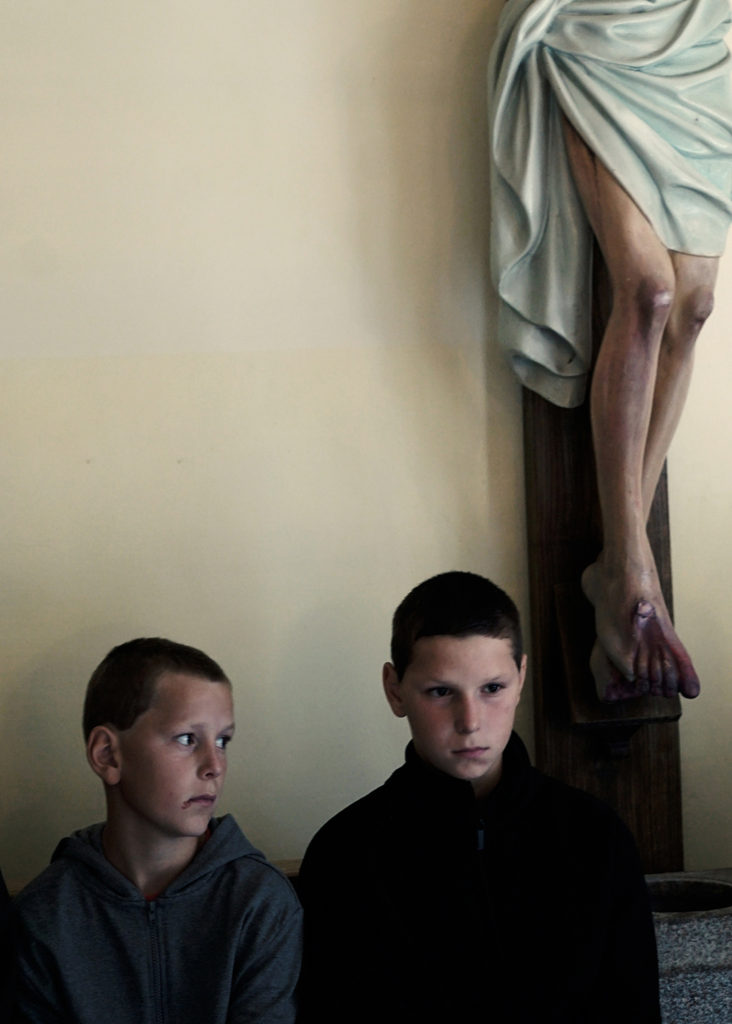
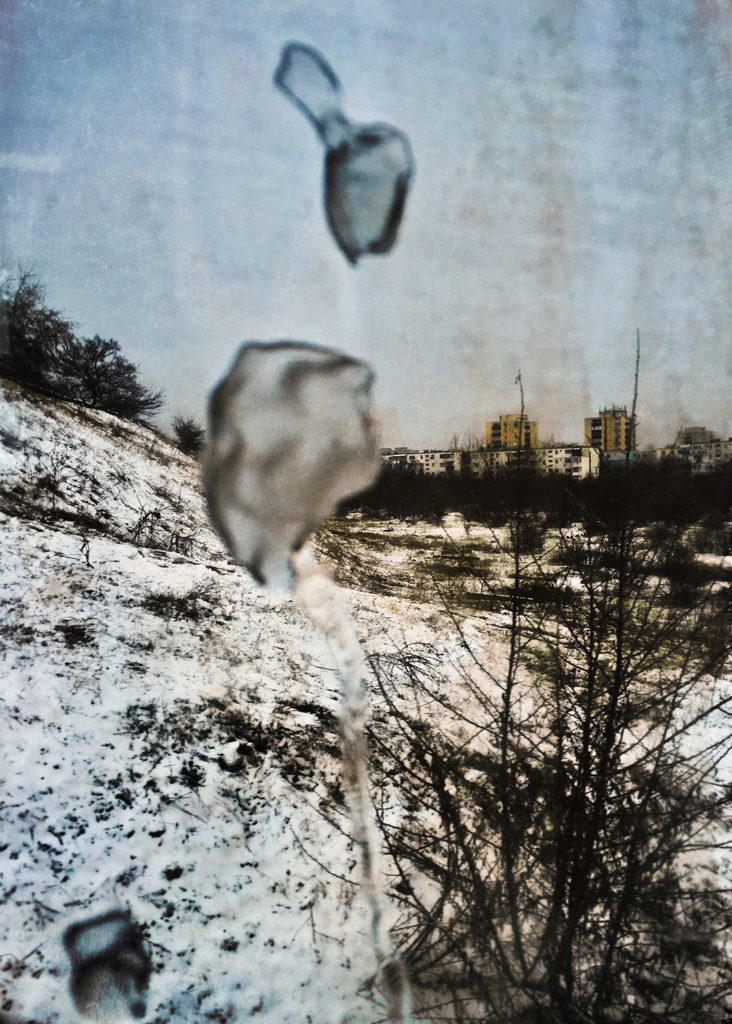
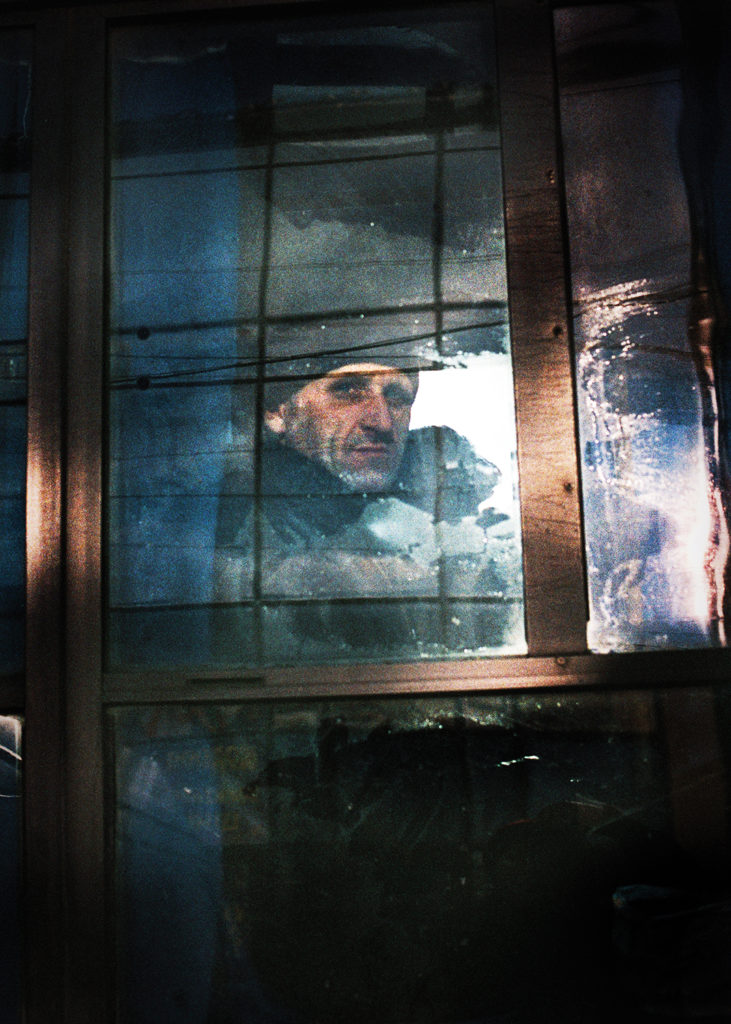
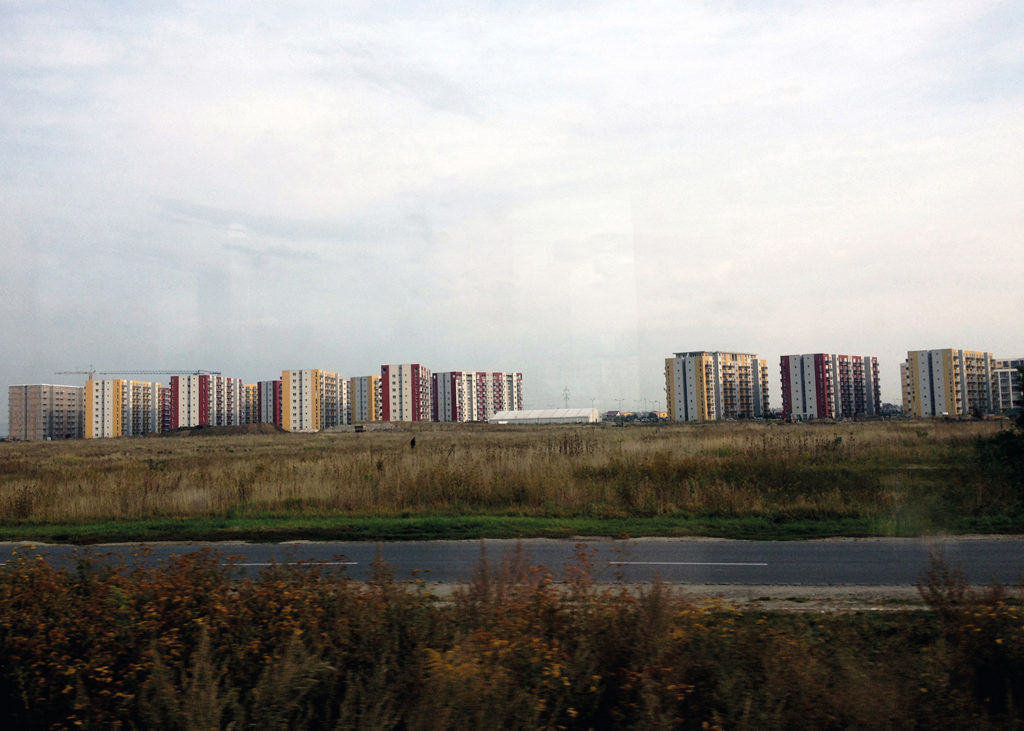
– Are you interested in Japan? Any Japanese Artist you know?
I deeply love the films of Ozu Yasujiro. Together with Kurosawa’s films it shape my imagery on Japan. I also admire very much the work of Hanabusa Itcho.
−日本に興味はありますか? 知っている日本人アーティストはいますか?
小津安二郎監督の映画が本当に大好きです。黒澤監督の映画も、私の日本へのイメージを形作りましたね。それから、英一蝶(江戸時代中期の画家)の作品にもとても憧れています。
– Please tell us if you have something you want to do in the future or any project you already have in mind.
This year I have a few exhibition projects and my personal work to develop. I’m also working on a book project for my series “Re/Turn”.
−今後やってみたいことや、すでに考えているプロジェクトなどがあれば教えてください。
今年は、幾つか展覧会のプロジェクトがあるのと、自分のプロジェクトをさらに発展させたいと思っています。また、“Re/Turn” というシリーズの写真集のプロジェクトにも取り掛かっています。
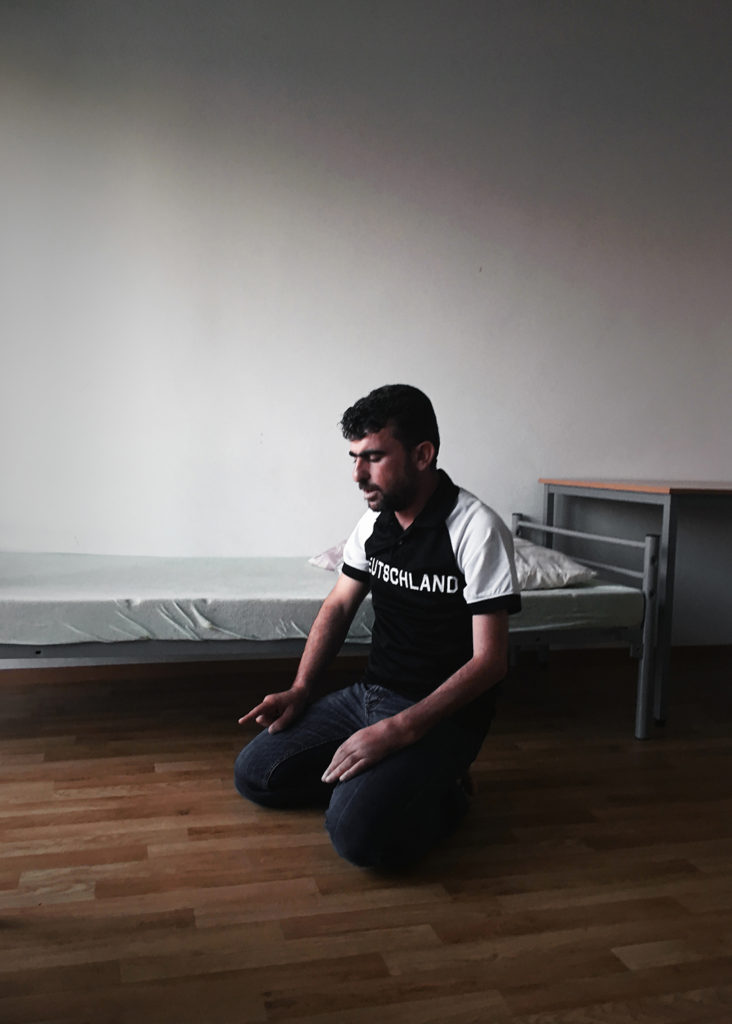
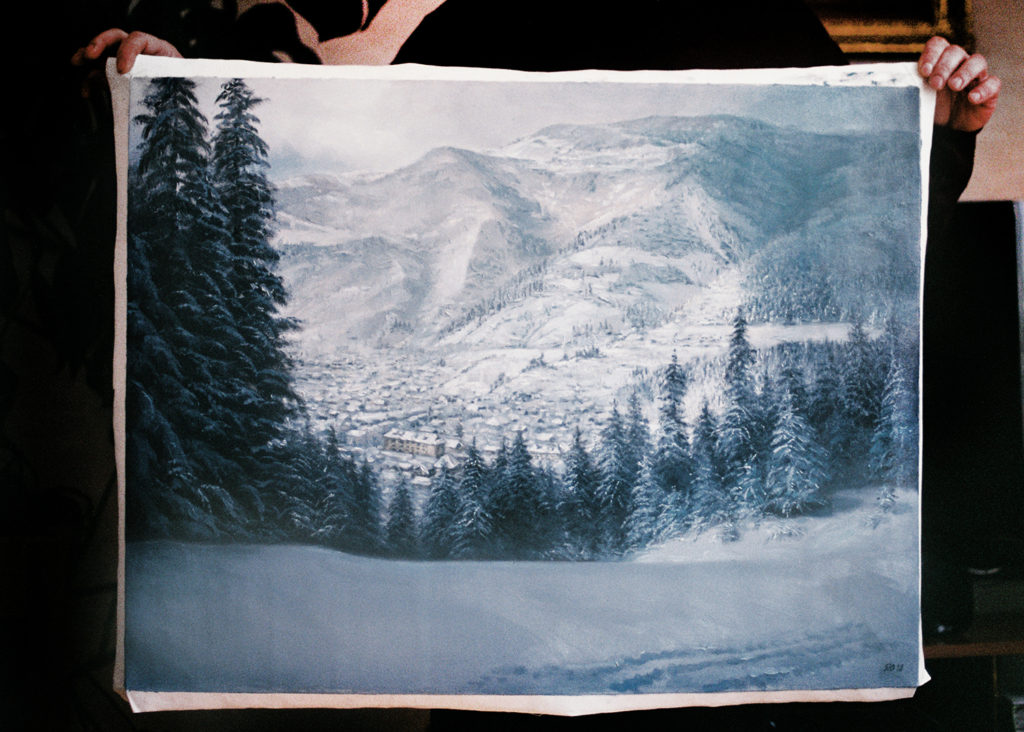

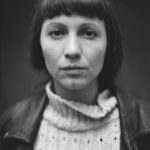
Patricia Morosan (Photographer based in Berlin)
Berlin based photographer Patricia Morosan studied film and art history in Bucharest and Berlin and Photography in Berlin as well. She is a member of the international photo collective called
” Temps Zero” and also a member of the artist organization called “Artistania”. She has organized the NOMAD CINEMA project, which showed films in villages through the Balkans. Her photos
have been shown at many photo festivals and galleries in Berlin, Leipzig, Athens, Thessaloniki and Bolzano. In November 2017 her first photo book published by dienacht was presented at
Polycopies and Grand Palais in Paris, France. Since 2016, Patricia Morosan teaches photo workshops for young refugee women in Berlin.
パトリシア・モロサン(ベルリン在住写真家)
ベルリン出身の写真家パトリシア・モロサンは、ブカレストとベルリンで映像と芸術史を学び、ベルリンの専門学校で写真を学びました。彼女は国際的アート団体Temps Zeroのメンバーでもあり、またアーティスト集団
Artistaniaを主催しています。さらに、バルカン半島の村々でフィルム上映をするNomad Cinemaプロジェクト運営にも携わっています。彼女の写真は、ベルリン、ライプツィヒ、アテネ、テサロニキ、ボルツァーノなど
数々のフォトフェスティバルやギャラリーにて展示されています。2017年11月には、初の写真集がパリのPolycopiesとグラン・パレで紹介されました。2016年以降、パトリシア・モロサンは、ベルリンの若い難民女性の
ためにワークショップを開催しています。

